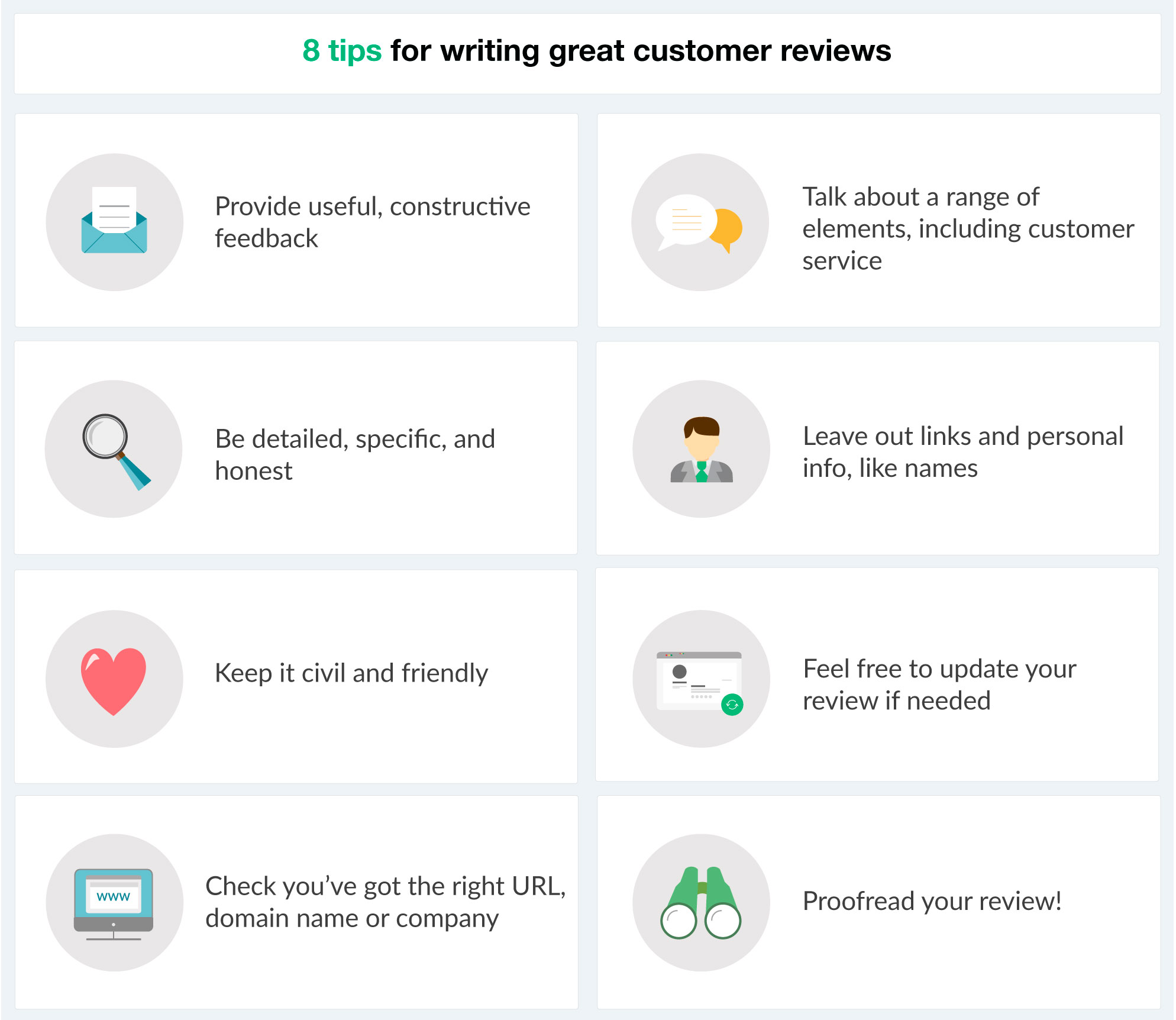The 8-Second Trick For "How to Write Effective Reviews: Tips and Tricks"

Artificial vs Genuine Customer reviews: How to Locate the Distinction
In today's electronic age, evaluations play a crucial function in the decision-making method of individuals. Whether it's attempting out a brand-new product or solution, booking a lodging area or selecting a dining establishment, folks depend intensely on on-line reviews to create informed selections. Nevertheless, along with the surge of artificial assessments and paid for endorsements, it has ended up being more and more tough for individuals to discern between authentic and phony testimonials. In this article, we will review how to spot the distinction between fake and genuine reviews.
What are Fake Reviews?
Fake reviews are deceitful or confusing accounts of products or services that have been submitted through individuals who have never ever utilized them. These types of assessments can easily be made by firms themselves or by third-party service providers who focus in creating bogus profiles and uploading favorable customer reviews to increase sales.
Finding Fake Assessments

1. Examine the evaluator's background: If you're doubtful about a testimonial's legitimacy, take a closer look at the consumer's background on that particular platform. If they've simply ever produced one evaluation (or possess no other activity), it can be an sign that they're not an authentic reviewer.
2. Look out for common foreign language: Common language is typically utilized in artificial reviews as they are generated en masse using layouts. For instance, if you identify several consumers using comparable language when explaining their experience with a product or service - alarm system alarms ought to call.
3. Check sentence structure and punctuation mistakes: While everyone makes errors when writing on the internet information periodically, too much errors need to be observed as uncertain.
4. See out for Keep Checking Back Here : Yet another characteristic of bogus evaluators is their make use of of extremely psychological language which may commonly come off as disingenuous.
5. Be careful of as well lots of favorable/damaging rankings: Though there are actually exceptions (e.g., well-liked things are going to typically create much more good responses), products/services along with extremely beneficial/damaging ratings may recommend that something fishy is going on behind-the-scenes.
What are Authentic Customer reviews?
Genuine evaluations, on the other palm, are genuine and truthful profiles of products or solutions that have been published by people who have in fact utilized them. They use a accurate image of the item/service and its advantages/setbacks.
Detecting Genuine Customer reviews
1. Look for in-depth explanations: One technique to locate a legitimate assessment is to look for detailed explanations of the encounter along with the item or solution. Genuine reviewers tend to go into particular when defining their experience, which presents that they've in fact made use of it.
2. Examine overall rating: A high total ranking can be an evidence that a item/service is really excellent. Having said that, don't depend only on this metric as phony evaluations can synthetically inflate ratings.
3. Look for verified purchases: Some systems (such as Amazon) use "verified acquisition" symbols which show that the customer has really got and utilized the product in inquiry. This is a tough signal that you're looking at authentic reviews.
4. Check out dates of testimonials: Genuine customer reviews usually tend to be spread out out over time, whereas fake ones are typically submitted in sets or sets in quick time periods of time.
5. Take details of vital responses: If you observe some negative feedback along along with beneficial opinions from customers, it's even more most likely that these are real customer reviews – folks often tend to offer well balanced point of views instead than exclusively positive ones if they're sincere concerning their encounter.
Conclusion
Artificial versus real reviews may be challenging to differentiate but knowing what to look out for may help consumers help make informed choices about products and solutions they want to purchase or make use of. By checking consumer's record, finding universal language, checking out out for emotional language and checking out overall rankings - you may increase your odds of decoding fake from genuine remarks online. So next opportunity you're reading through on the web responses – always remember these ideas and stay wise!
